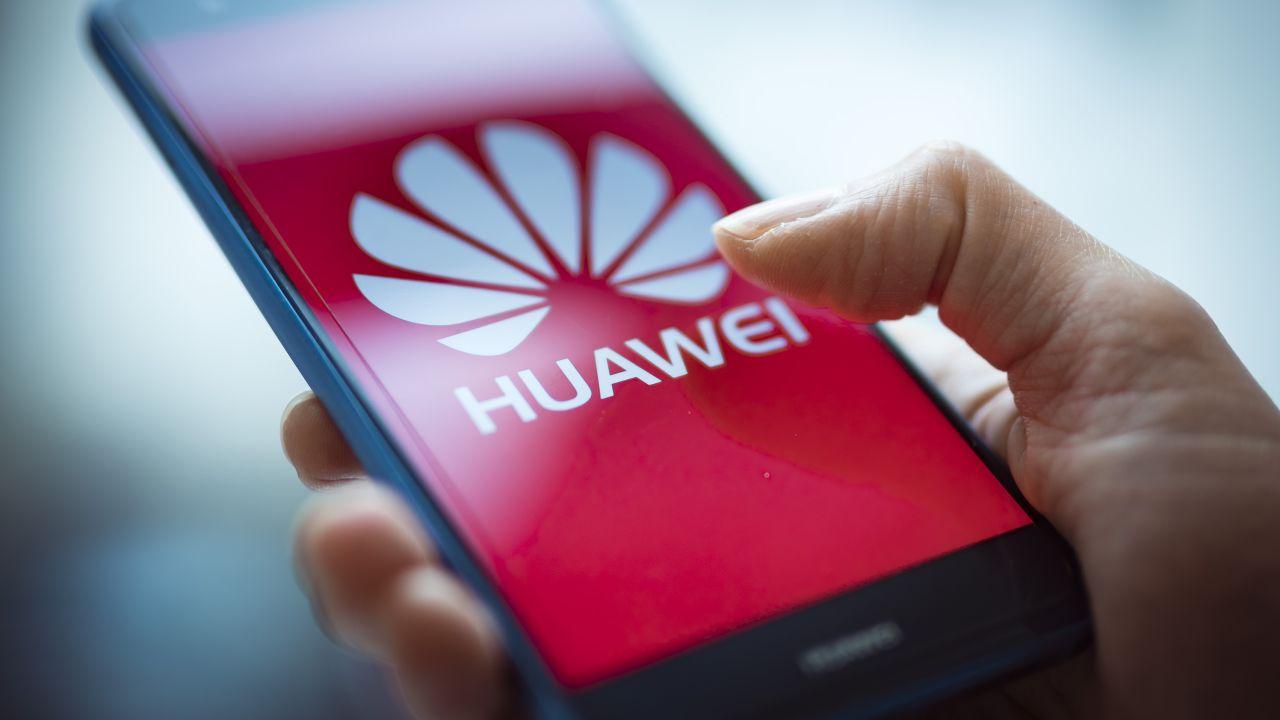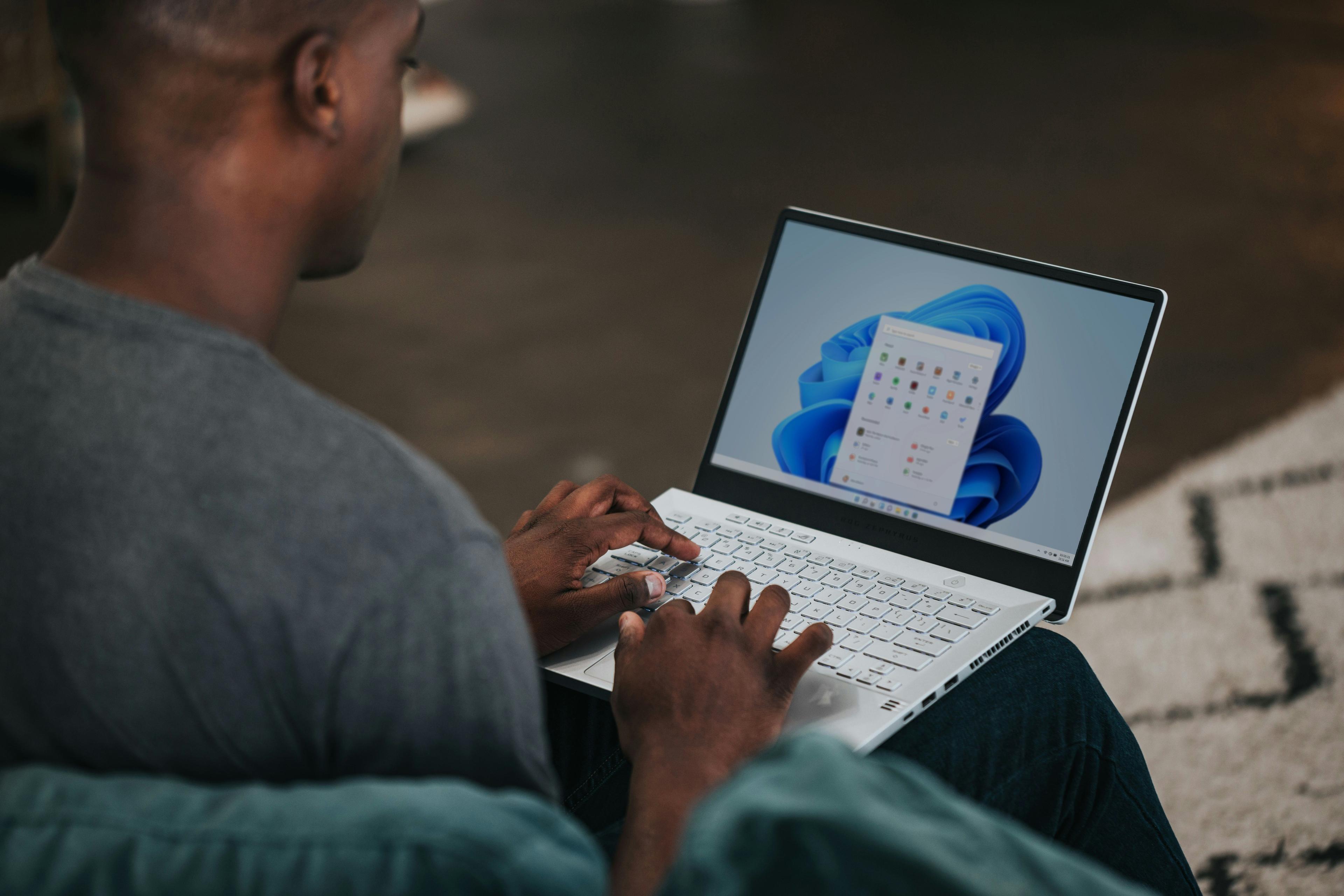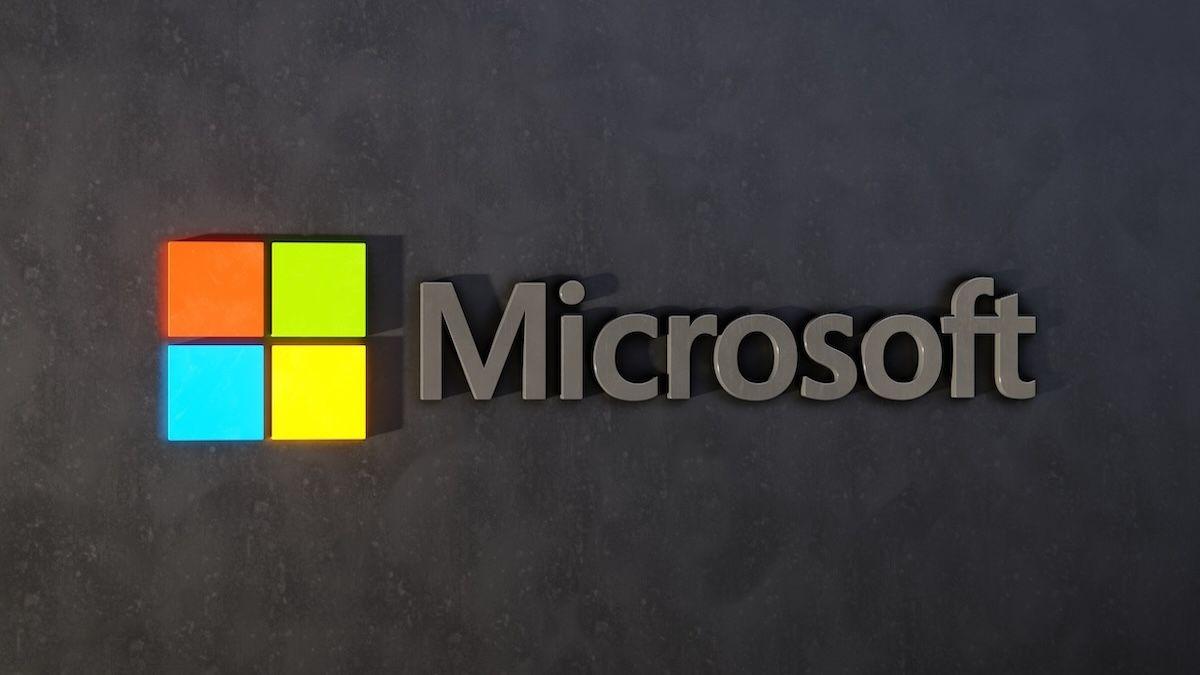
Huawei’s Big Comeback
Bubbles
June 6, 2025
Imagine being one of the biggest smartphone makers in the world—then suddenly getting banned from using Google, Android, and top computer chips. That’s exactly what happened to Huawei in 2019 when the United States placed strict trade bans on the company.
Most people thought that would be the end of Huawei’s global ambitions. But they were wrong.
In this video, TechAltar takes us through Huawei’s incredible journey of survival and comeback—and how it's now aiming to build an entirely new tech ecosystem that doesn’t rely on the West at all.
Let’s break it down.
🌩️ 1. The Big Crash: How Huawei Lost Almost Everything
In 2019, the U.S. government accused Huawei of being a national security threat. Whether that was true or political is still debated—but the effect was very real.
Huawei lost:
- Access to Google services (no Gmail, YouTube, Google Maps).
- Full use of Android (they could only use a basic open-source version).
- The ability to buy important chips from companies like Intel and Qualcomm.
As a result:
- Huawei’s phones became much less appealing outside China.
- Global smartphone sales plummeted.
- They had to quickly find replacements for almost everything.
🔁 2. Reinvention: HarmonyOS & A New Ecosystem
🧠 What is HarmonyOS?
Huawei’s answer to Android was HarmonyOS, a brand-new operating system built for all kinds of devices—not just phones.
At first, HarmonyOS was still based on Android deep down. But over time, Huawei started replacing the Android parts with its own technology.
⚙️ HarmonyOS NEXT
The newest version, called HarmonyOS NEXT, is finally a completely separate operating system. It doesn’t use Android at all.
That means:
- It can’t run Android apps anymore.
- It forces developers to build new apps specifically for HarmonyOS.
- Huawei now has full control over the system.
This is a big risk—but also a bold move to fully escape Google’s shadow.
📈 3. Back to Growth: Huawei’s Business is Booming Again
Even with all these challenges, Huawei’s 2024 sales came close to what they earned before the ban.
Key achievements:
- Almost 1 billion devices now use HarmonyOS.
- Their smartphone sales in China are climbing fast.
- They’re selling new smartwatches, laptops, tablets, and TVs.
They also grew in new industries, like:
- Electric vehicles (EVs)
- AI-powered chips
- Smart home gadgets
🛠️ 4. Building Their Own Tools
Because of the ban, Huawei couldn’t rely on U.S. technology anymore. So they built their own versions of almost everything:
Banned Tool Huawei’s Replacement Android/Google HarmonyOS Google Play Store AppGallery Google Search Petal Search Google Assistant Celia (voice assistant) SAP/Oracle (ERP) MetaERP (Huawei’s own system)
They also invested heavily in chip design. Even though they still face limits on advanced chip-making, they’ve managed to produce competitive processors for phones and AI tasks.
🚗 5. Huawei Cars?! Yes, Really.
Huawei is not just about phones anymore.
They now work with car makers like Aito and Avatr, providing:
- Smart driving software
- Car operating systems
- Cameras, sensors, and control systems
Their Aito M9 luxury SUV was a big hit in China, showing that Huawei could become a serious player in the electric vehicle market.
🌍 6. Where They’re Winning—and Where They’re Not
✔️ Growing fast in:
- China (home market)
- Middle East
- Latin America
- Parts of Africa and Southeast Asia
❌ Still struggling in:
- Europe
- North America
Why? Mostly because people outside China still want Google apps, and many governments don’t trust Huawei’s technology due to political concerns.
🤖 7. A Push Into AI and Future Tech
Huawei is also moving into artificial intelligence, building its own large language models (like ChatGPT) and AI chips for servers.
They created their own AI model called PanGu-Σ, which works across phones, cars, and smart home devices.
Their long-term plan is to be:
A fully self-reliant tech company—from software to hardware to AI.
🔮 8. What Happens Next?
Huawei’s strategy is high-risk, high-reward.
They’ve done the hard part: surviving the sanctions.
Now comes the even harder part: building a tech world where millions of people and developers are willing to join.
Key challenges ahead:
- Convincing app developers to support HarmonyOS.
- Competing with Android, iOS, and Windows on the global stage.
- Continuing to innovate without help from Western companies.
But if any company can pull it off, it’s one that already came back from near collapse.
✅ Final Thoughts
TechAltar’s video shows that Huawei’s comeback isn’t just about bouncing back—it’s about transforming into a whole new kind of tech company.
They now control:
- Their own operating system
- Their own app store
- Their own smart car software
- And even parts of the AI future
Whether you support them or not, Huawei’s story is an incredible example of what a company can do when it’s forced to rebuild everything from scratch.
Comments
You need to be logged in to comment
No comments yet. Be the first to comment!
Need a website?
Then contact us for professional web development services.
Table of Contents
Share this article
More from the blog

Microsoft’s August 2025 Windows Update Is Breaking Streaming and Raising SSD Fears
Meta Description: Microsoft’s August 2025 Windows update (KB5063878 / KB5063709) is causing major problems for streamers and sparking SSD concerns. Here’s what went wrong, Microsoft’s slow response, an...

Microsoft Zero-Day Bug Exploit: How It Happened and What You Need to Do
Imagine waking up to the news that hackers have a secret key to your company’s data. That’s exactly what happened in July 2025 when a zero-day bug in Microsoft SharePoint was discovered to be under act...

Dembele, Yamal or Salah? Breaking Down the Bookies’ Picks for Ballon d’Or 2025
The Ballon d’Or trophy stands as the pinnacle of individual achievement in football – the gleaming prize that will be awarded on September 22, 2025. After a season of drama (Paris Saint-Germain clinch...